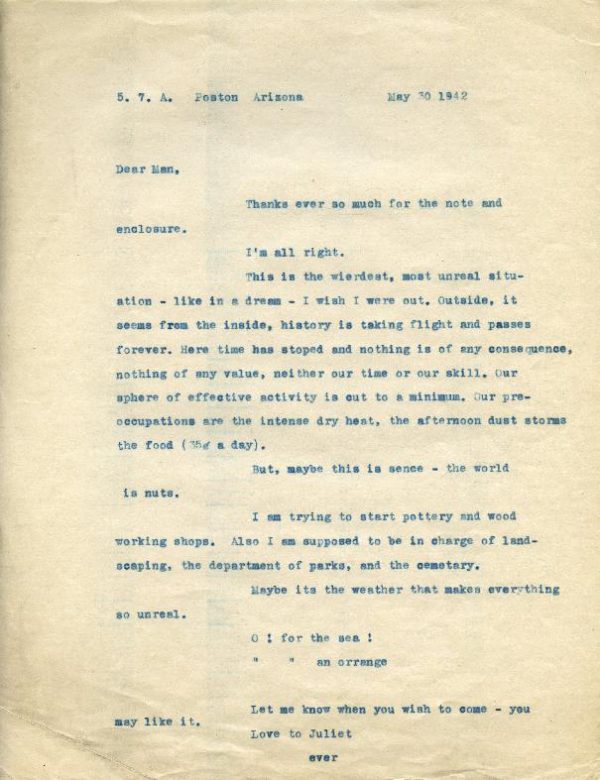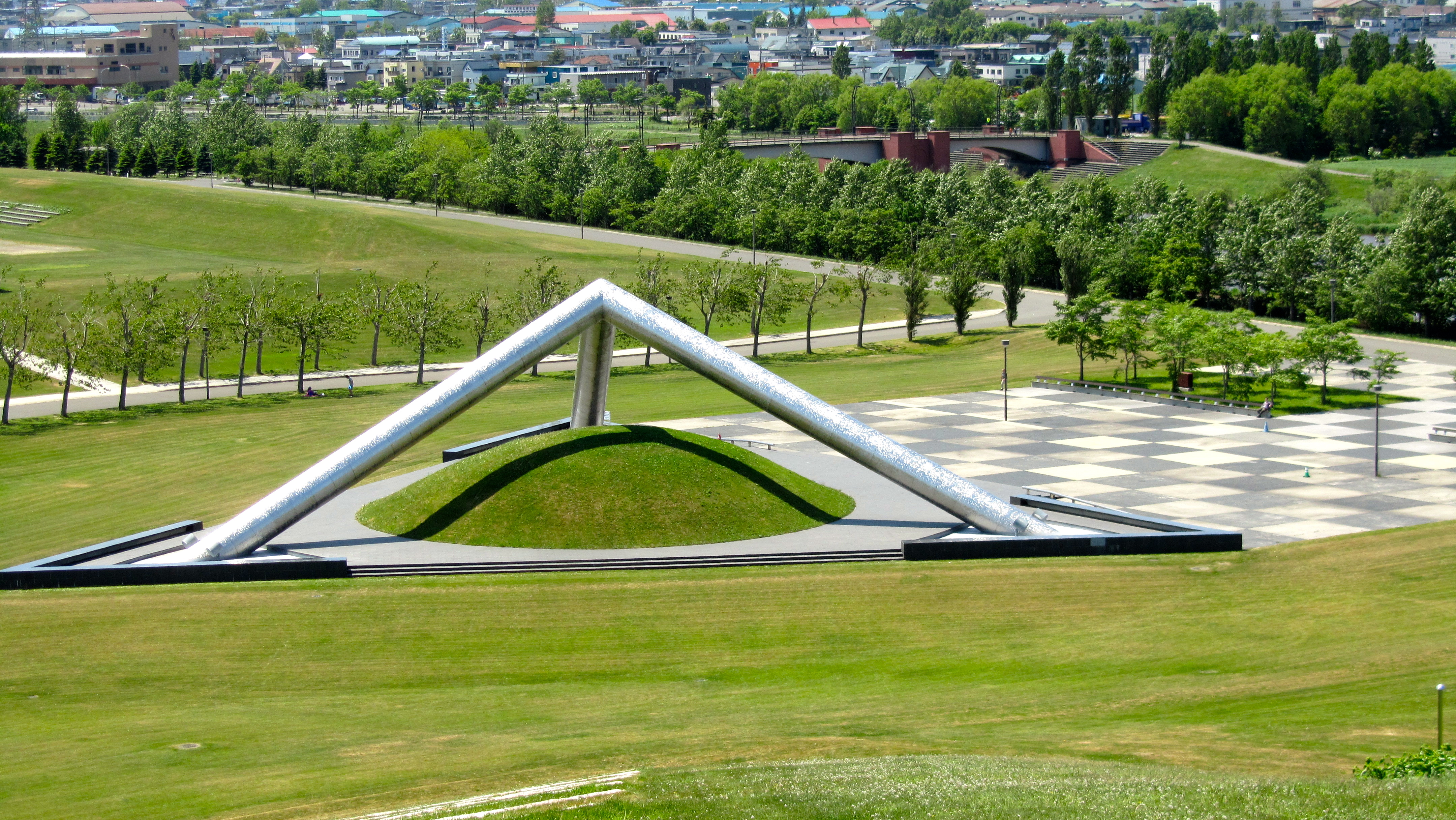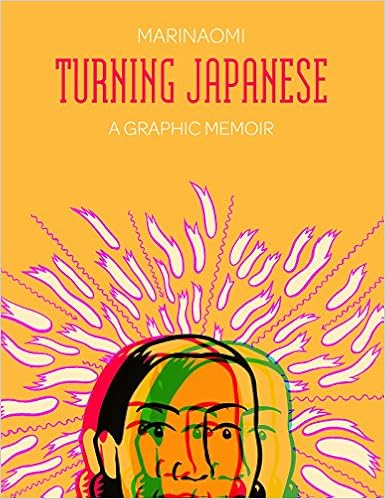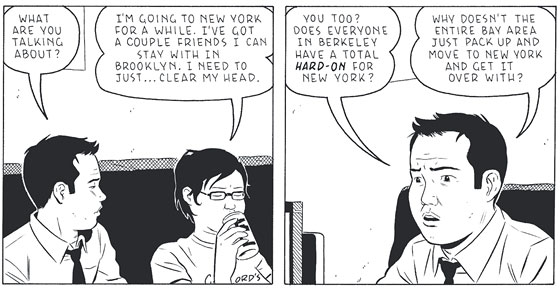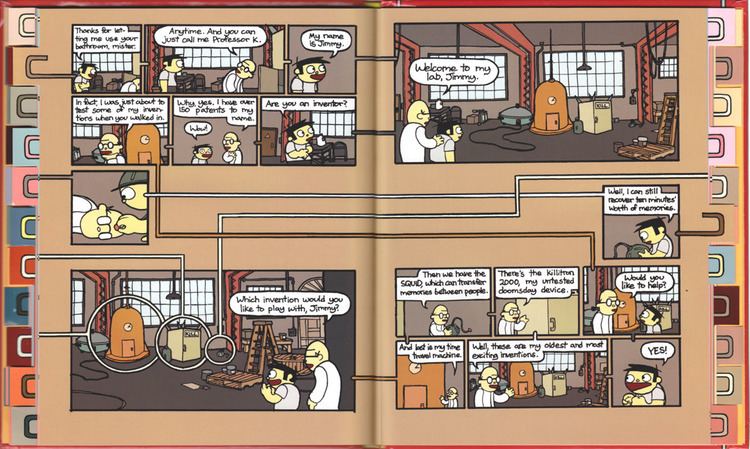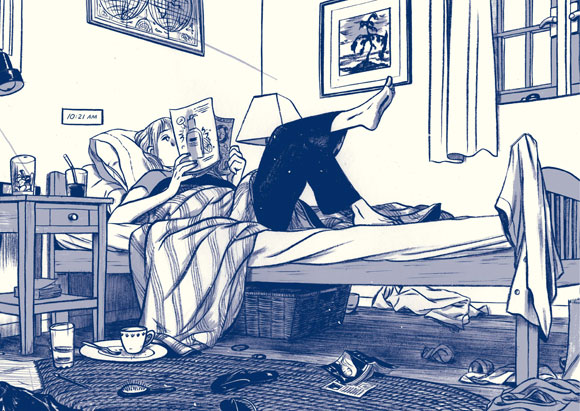https://planamag.com/erasing-asian-american-midcentury-design-330d33aa828
This arcticle is a survey of three Asian Americans architects and designers whose creations are famous icons of amererican pop culture.
- Minoru Yamasaki Was the designer of the Pruitt-Igoe housing project and more famously the twin towers. Though he created many other buildings these two were destroyed. Pruitt-Igoe was demolished after it became a home to crime and vandalism and the twin towers… well you know. Both of which were blamed on imagines design failures of Minoru Yamasaki.
- Larry Shinoda designer of one of the most famous Influential American sport cars the first corvette stingwray. His contributions are minimized in corvette’s history books and many car people diminish him further.
- Helen Liu Fong designer of Pam’s Diner in LA as well as the diner shown in the movie pulp fiction. Two pieces of Americana drastically impacting the American imagination. She is often uncredited for he work.
The main point of the arcticle is that there are a lot of designs that hold a place permantly in American nostalgia and culture whose creators are ignored and assumed to be the spontaneous products of white American when in fact each has a creator many of whom are people of color.



 Almost none of his playgrounds were designed in his lifetime but his ideas have stretched farther than he could imagine in the world of architecture.
Almost none of his playgrounds were designed in his lifetime but his ideas have stretched farther than he could imagine in the world of architecture.